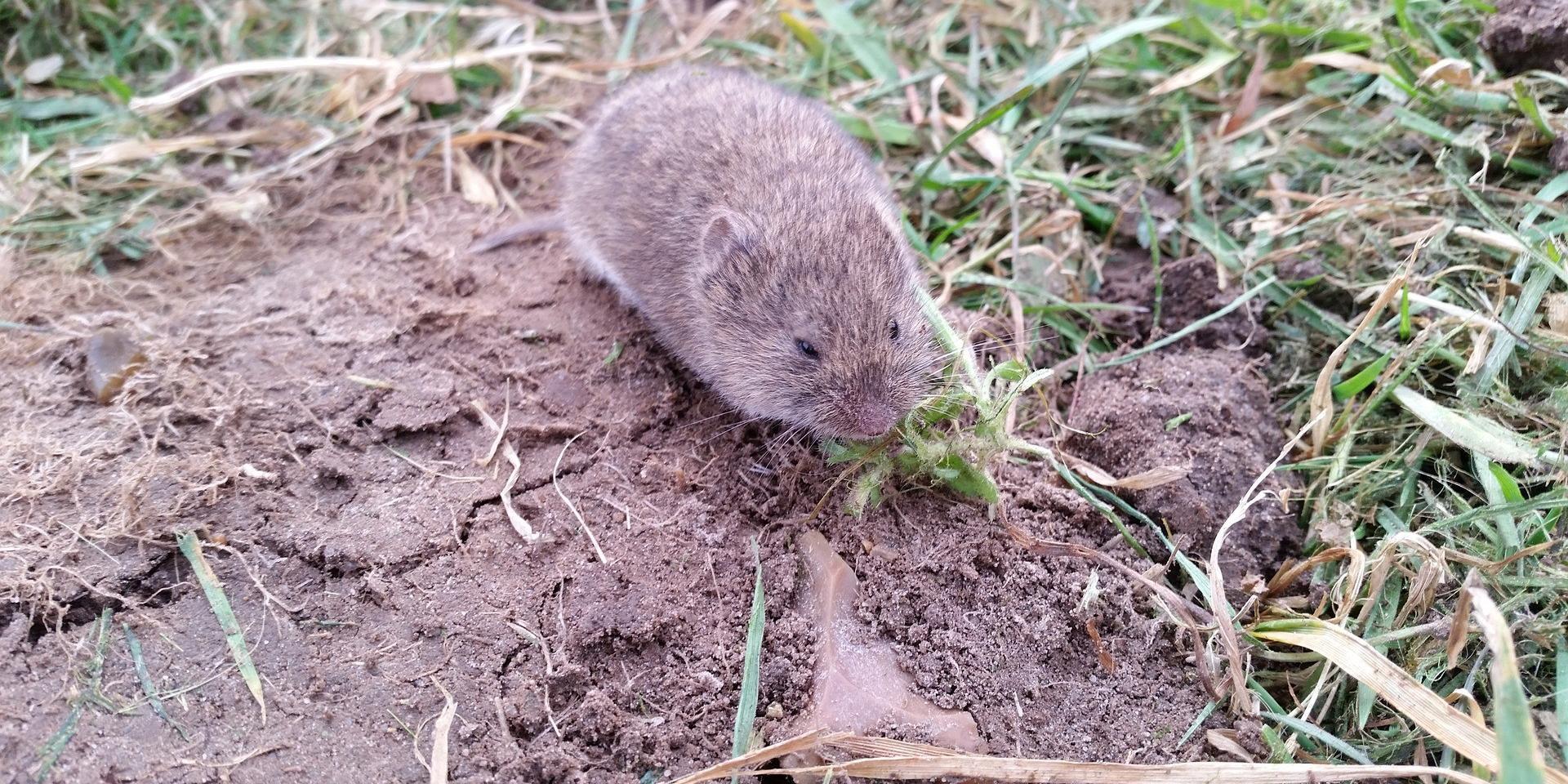Vole Control Tips to Preserve Your Lawn and Gardens
Vole Control Tips to Preserve Your Lawn and Gardens
Blog Article
Comprehensive Overview to Efficient Vole Bug Control: Invasion Identification and Treatment Approaches
In the world of effective parasite control, vole invasions position a special obstacle that demands a critical method. These small rats, commonly mistaken for mice, can damage yards, lawns, and plants if left unattended. Recognizing the signs of vole visibility and executing targeted therapy approaches are necessary components of a successful parasite administration strategy. By checking out the subtleties of vole habits, understanding crucial signs of infestation, and reviewing an array of control options, one can establish an extensive strategy to deal with these elusive pests.
Understanding Vole Habits
Vole behavior is defined by their tunneling routines and rapid recreation prices, making them a difficult pest to control effectively. These little rodents normally create intricate tunnel systems underground, using them for sanctuary, food storage space, and transportation. Voles are herbivores, eating a selection of plants, turfs, roots, and bulbs, which can create considerable damages to yards, orchards, and lawns. Their quick reproductive price further makes complex control efforts, with ladies with the ability of generating numerous trashes in a single year, each having numerous offspring.
Voles are most energetic throughout the morning and evening hours, spending most of their time foraging for food. Their burrowing routines not only disrupt lawns and yards but additionally make them challenging to eliminate and identify. Comprehending vole behavior is vital for effective parasite control strategies. By recognizing their burrow locations, monitoring feeding areas, and applying targeted control methods, such as capturing or environment modification, vole infestations can be handled successfully.
Indications of Vole Infestation

Avoidance Strategies
Carrying out reliable avoidance strategies is important in lessening vole problems and safeguarding greenery from their damaging feeding routines (vole control utah). To avoid vole invasions, it is important to begin by removing possible food resources and sanctuary. Maintain grass and vegetation trimmed short, remove weeds and debris, and preserve a neat garden or yard to make the location much less eye-catching to voles. Mounting barriers such as equipment towel or below ground secure fencing can additionally aid hinder voles from entering specific locations. In addition, lowering excess dampness by dealing with dripping pipes and guaranteeing proper drainage can make the setting much less welcoming for voles.
Frequently evaluating the building for signs of vole task, such as paths and delve openings, is essential for early discovery and prompt action. If vole task is suspected, think about making use of traps or repellents strategically put near their paths.
Non-Lethal Control Techniques
To efficiently manage vole populaces while prioritizing humane techniques, non-lethal control approaches use sensible options for decreasing vole damage in landscapes and gardens. These obstacles can be buried at the very least 12 inches bent and deep at a 90-degree angle to prevent voles from delving beneath.

Lethal Control Options
One effective technique for resolving vole infestations in yards and landscapes includes the tactical usage of deadly control options. When encountered with a severe vole invasion that non-lethal approaches have fallen short to include, implementing lethal control actions becomes crucial. One frequently employed deadly control alternative is the use of breeze traps. These traps are made to rapidly and humanely eliminate voles upon activation, making them a preferred option for many garden enthusiasts and landscapers. To increase the efficiency of breeze traps, it is suggested to put them in locations where vole task is high, such vole control utah as along paths or near burrow entrances. Another deadly control alternative is the utilization of toxic lures especially created to target voles. These lures contain poison that is ingested by the voles, causing their ultimate demise. However, caution should be worked out when utilizing harmful baits to stop harm to non-target pets or pet dogs. On the whole, when using dangerous control alternatives, it is vital to do so responsibly and in accordance with neighborhood regulations to effectively handle vole problems.
Final Thought
In conclusion, effective vole bug control needs an extensive understanding of vole actions, recognition of indications of infestation, execution of avoidance techniques, and utilization of both non-lethal and dangerous control methods. By combining these strategies, people can successfully manage vole populaces and safeguard their residential property from damage. It is vital to attend to vole invasions immediately to prevent further issues and decrease the influence on the surrounding setting.
Offered the complex passage systems and rapid recreation rates particular of voles, recognizing the indicators of vole problem becomes necessary in efficient insect control. One of the main signs of vole visibility is the visibility of surface runways or routes in grass or snow, commonly about 1-2 inches large, produced as voles take a trip in between their burrows and food resources.To efficiently handle vole populaces while focusing on humane techniques, non-lethal control strategies provide functional remedies for reducing vole damage in landscapes and yards.One reliable method for attending to vole problems in landscapes and gardens involves the tactical use of dangerous control options. vole control utah.In conclusion, efficient vole bug control calls for an extensive understanding of vole habits, identification of signs of problem, execution of avoidance methods, and use of both deadly and non-lethal control methods
Report this page